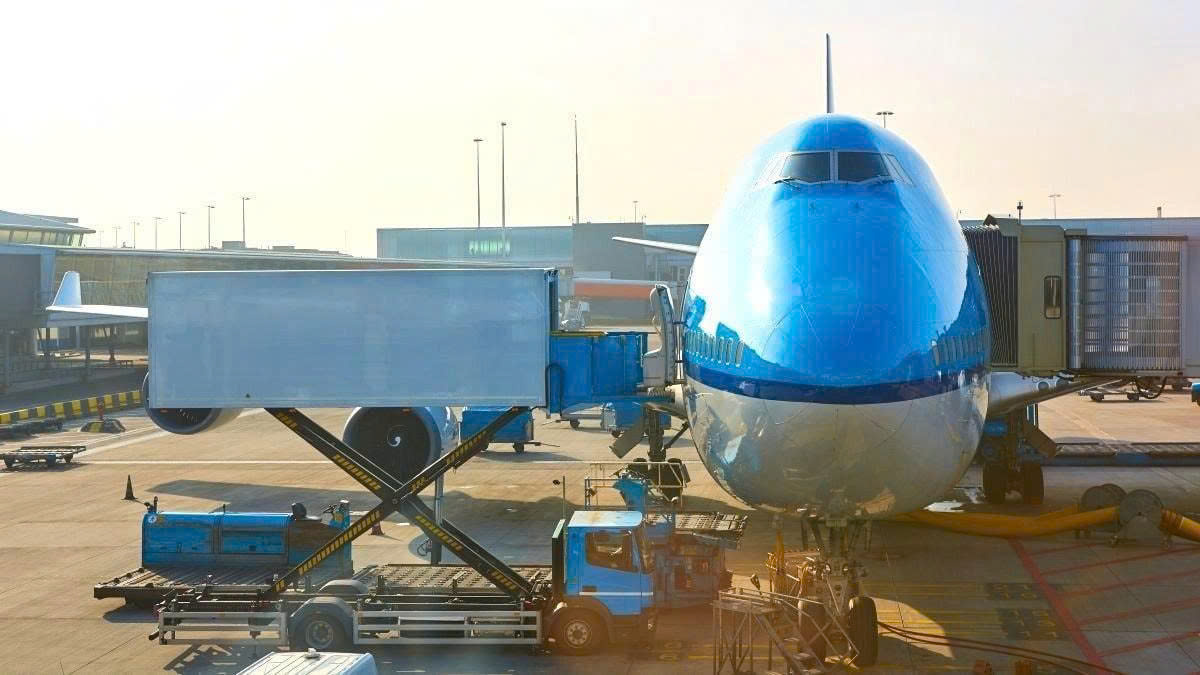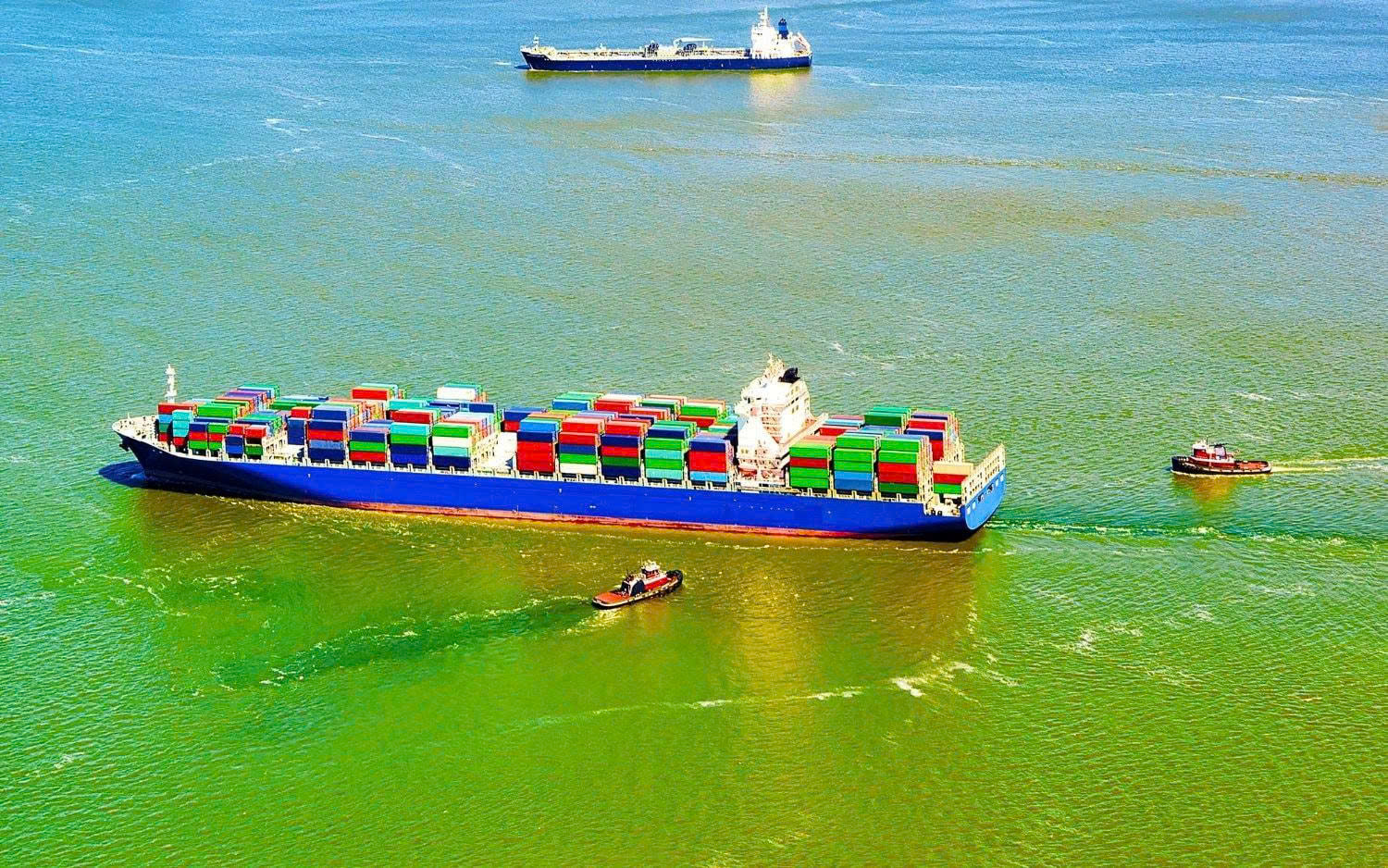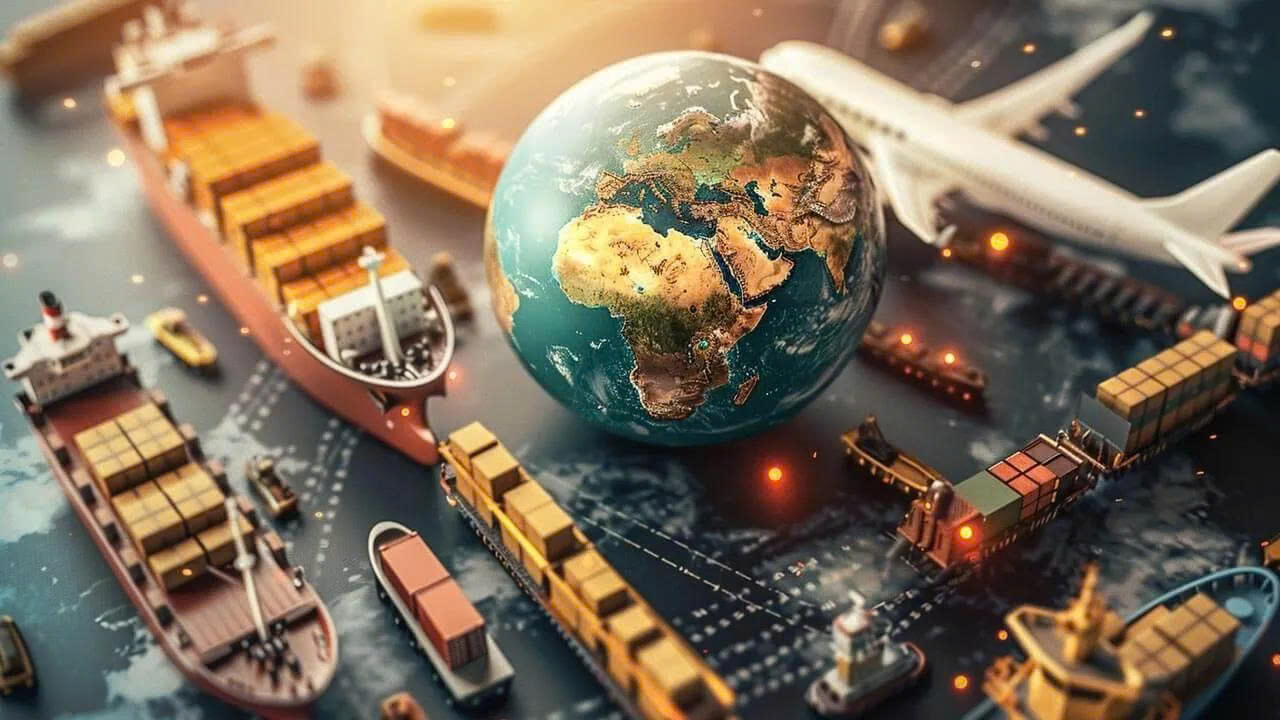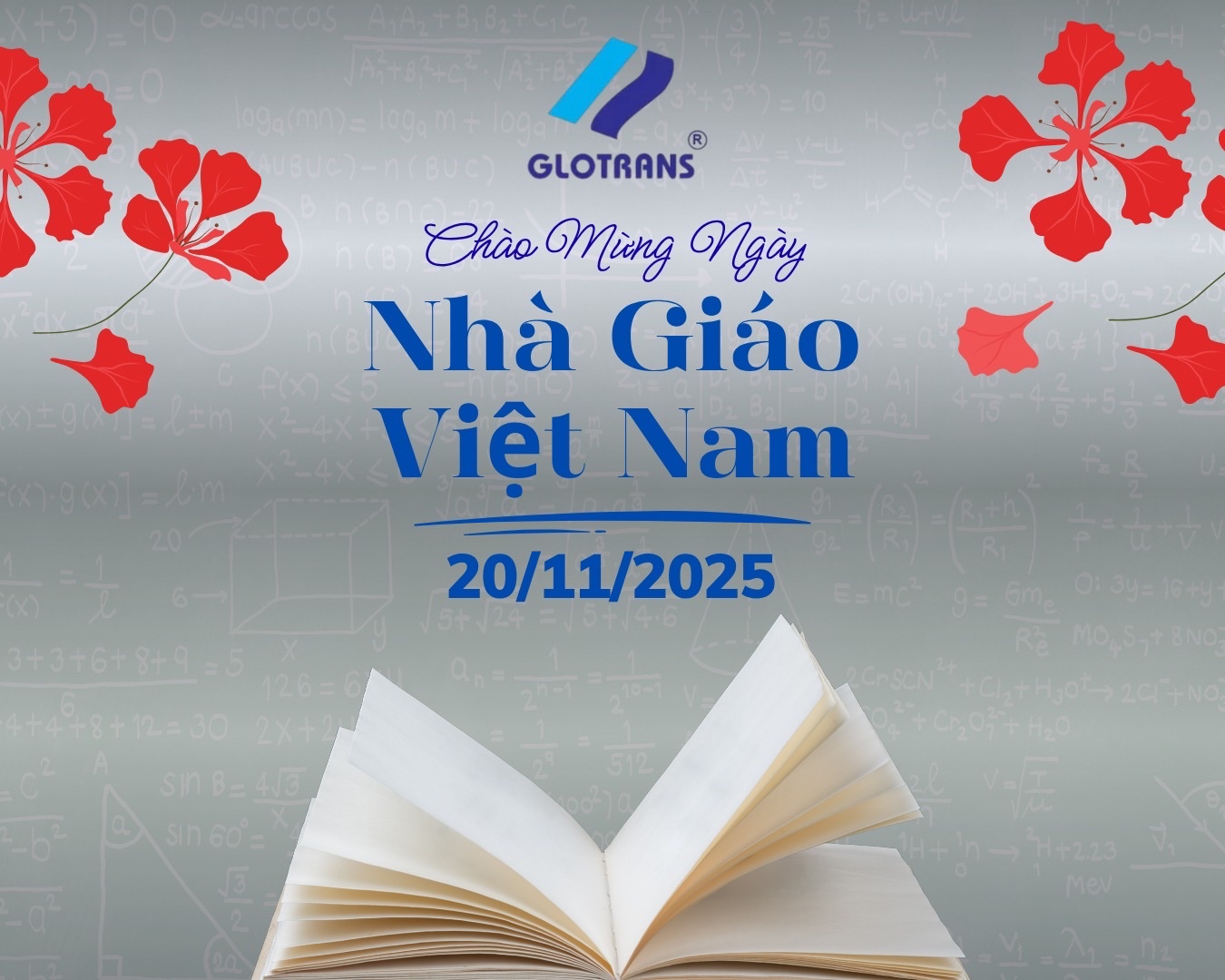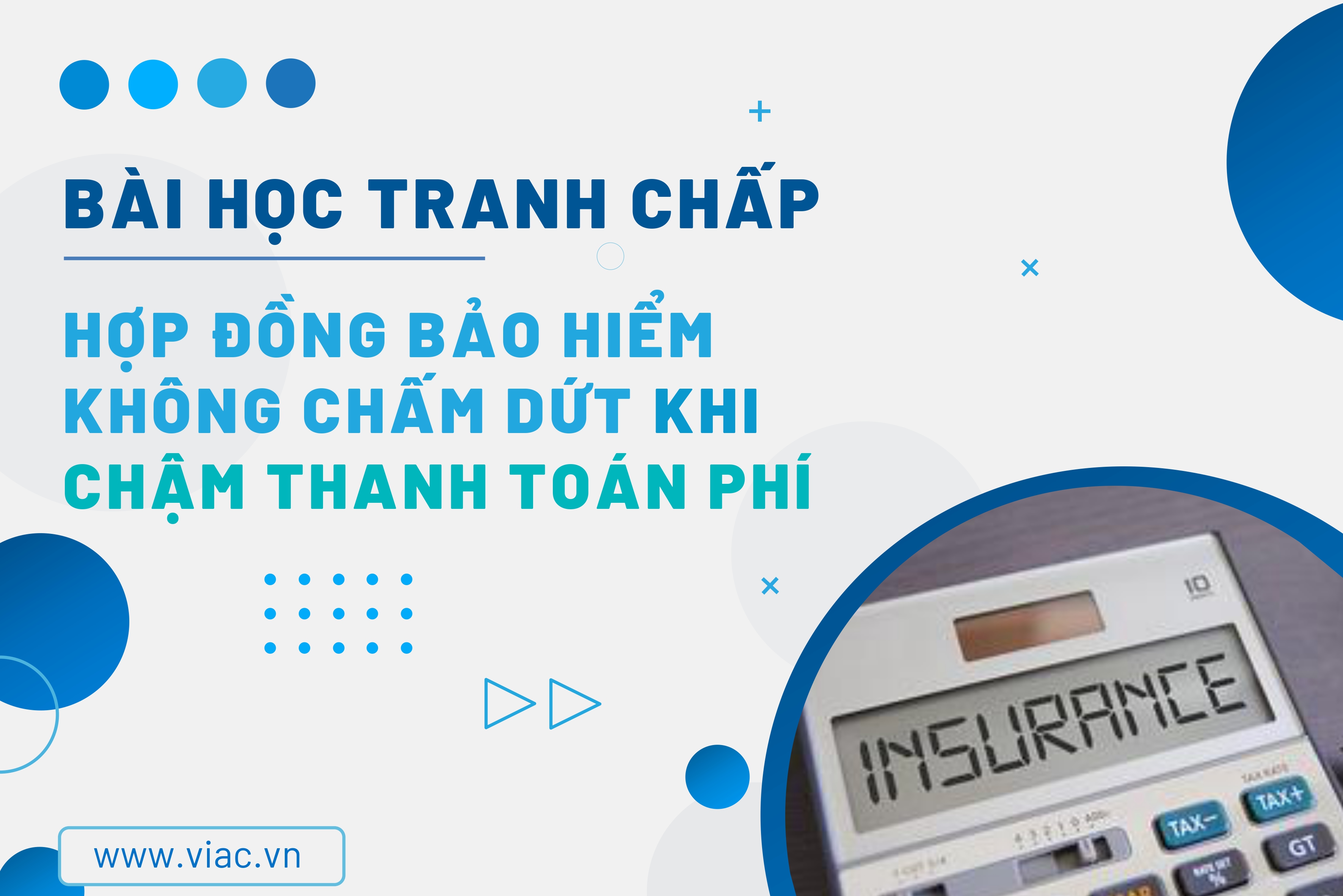Management and operation of seaports cannot stand outside the industrial revolution 4.0. The difficult thing is that the application is connected to service providers to have data for all participating logistics components?

Recently, Hai Phong Department of Transport has cooperated with Smarthub Logistics Technology Joint Stock Company to organize a seminar "Developing a technology platform for logistics management and administration".
The main topic of the seminar is "Developing and putting a technology platform into logistics management and operation to increase the efficiency of goods import and export activities for businesses".
A large number of experts, businesses, and functional agencies attended and made many comments on the construction, integration and connection with Vietnam Smarthub Logistics (VSL) system - supporting warehouse and port businesses to complete improve the management plan, operate the exploitation and improve the role of state management ...
Vietnam Smarthub Logistics (VSL) system is a technology ecosystem connecting components in the chain of logistics activities including import-export enterprises, seaports, shipping lines, banks, container ports, domestic ports, logistics service enterprises, transportation and information sharing for state management units… creating an intermediary operating center, handling online services in real time.
VSL system can operate online at the link www.vietnamhub.vn, based on cloud computing platform, authenticate the identity of each participant in the system; at the same time issue electronic documents with legal value, meeting the needs of digitization and information security of enterprises.
On the basis of service argument transfer and non-cash payment, businesses can perform a variety of operations on the VSL system.
Specifically, such as working with empty containers, closing and withdrawing goods at the yard, extending storage, allowing payment by business cards, etc. The effect from these operations is to help the port to quickly release the goods, and the customers to proactively plan to pick up the goods, thereby reducing time, travel, transportation costs...
In addition, import-export businesses can also access and use practical utilities such as transportation services for shipments at the port through a ride-hailing application at a reasonable cost and time, cargo insurance services, financial services such as loans to perform export contracts, export payments import... that the VSL application developer is completing these utilities on the system.
Recently, during a meeting with Deputy Minister of Transport, Nguyen Xuan Sang, Mr. Ta Minh Vang, founder of VSL application, said that the VSL technology ecosystem connects logistics components such as seaports, shipping lines, commercial production enterprises and State agencies, in order to create a centralized electronic control center, handle services, supervise the circulation of goods, the flow of data circulating between ports according to specific professional processes.
According to Mr. Vang, stemming from helping management agencies monitor the entire volume of goods entering Vietnam, monitor domestic goods and empty containers operating in Vietnam, VSL application was born so that the Seaports and depots can operate, digitally convert their seaports, depots, and inland waterways.
Accordingly, VSL can operate online, based on cloud computing, and authenticate the identity of each participant in the system. At the same time, issue electronic documents with legal value, meeting the needs of digitization and information security of enterprises.
Import-export businesses can also access and use utilities such as transportation services for shipments at ports through a car-hailing application at a reasonable cost and time, cargo insurance services, financial services such as loans for the performance of export contracts, import and export payments, etc.
Meanwhile, the transport units participating in the system will exploit more efficiently the means of transport because they can find the return shipments when they arrive at the port. Specifically, the feature of calling a container truck according to the Grab/ Uber model helps car owners have more trips back, and shippers also reduce costs. This also helps to limit the traffic of idle vehicles, reducing traffic jams at the arterial roads in the port area.
Enterprises can also operate with empty containers, close and withdraw goods at yards, extend storage, allow payment by business cards issued by MB bank... instead of having to go to the site. The system will automatically identify containers so that businesses can quickly look up container status, look up images online and quote container prices.
Besides utilities for seaport enterprises, shipping lines, import-export enterprises, the application also has a specialized system for state management agencies. Shared data will help state agencies improve their management role, have accurate information for cargo statistics, traffic density and make decisions related to port infrastructure construction management.
VSL confirmed that with this system, the customs authority can monitor the entry and exit information of foreign containers, or see which foreign containers have not been liquidated. With scrap containers can be given a red alert...
Meanwhile, with the port authorities, it is possible to grasp all information with an overall picture of the cargo when statistical reports and cargo volume of the port are displayed in real time. At the same time, where the goods are exported, they are always shown with the integrated transport software.
In particular, regarding the difficulty of monitoring depots in the past time, this system is also said to be able to integrate all empty containers, as well as translating all containers of shipping lines for management agencies to easily monitor.
Currently, leaders of the Ministry of Transport are assigning the IT Center to lead and learn more about the system. On the basis of the assessment, submit it to the leaders of the Ministry of Transport to assign tasks to the information-holding units. From there, the units have comments to contribute to the program of the enterprise and propose the content that can be exploited from the program. At the same time, units can ask more problems for businesses to support and provide solutions to serve the development of the state management system.
VSL representative said that it is difficult for the application to connect with service providers to have data to provide for all participating logistics components? Because otherwise, there will be no information, shared data, or not much shared data information will not bring high efficiency when participating in the application.

